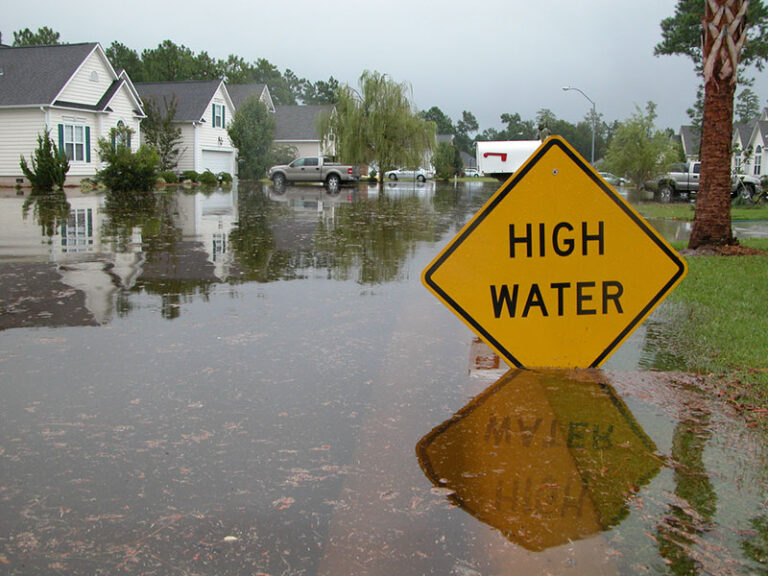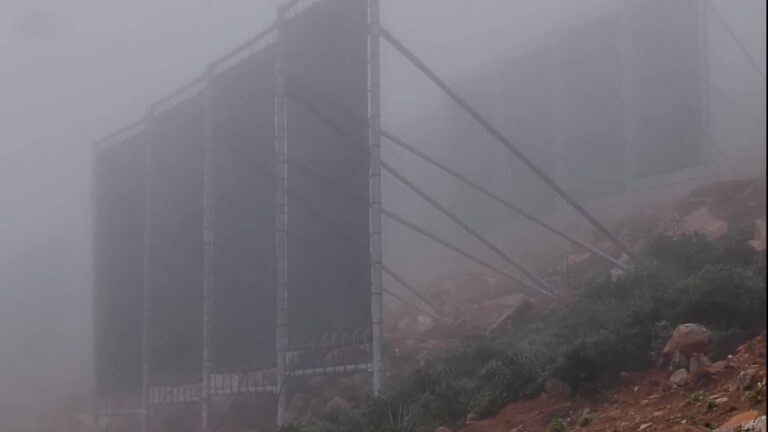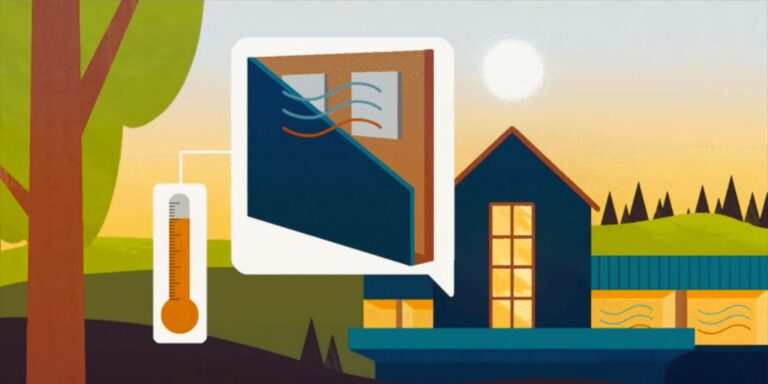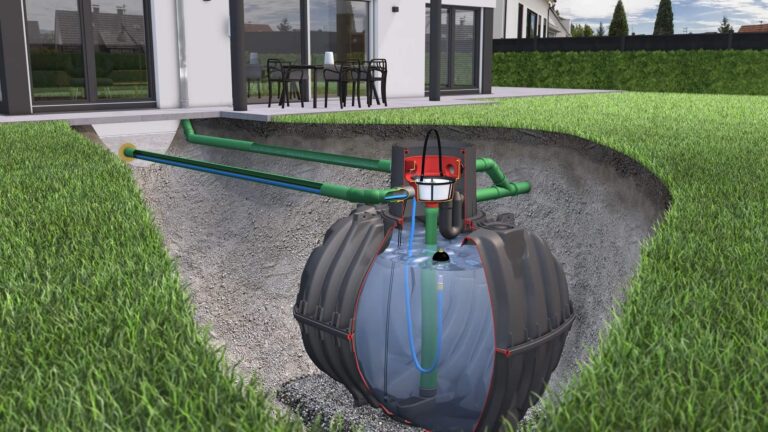Collecting rainfall from ground surfaces utilizing “micro-catchments” to divert or slow runoff so that it can be stored before it can evaporate or enter watercourses; and
Collecting flows from a river, stream or other natural watercourse (sometimes called floodwater harvesting).
This technique often includes an earthen or other structure to dam the watercourse and form “small reservoirs.”
Micro-catchments are often used to “store” water as soil moisture for agriculture. Small reservoirs are typically used in areas with seasonal rainfall to ensure that adequate water is available during the dry season.
This broad categorization can provide a basic framework for defining which strategies may be appropriate in a given setting.
Collection and storage infrastructure can be natural or constructed and can take many forms. These include:
- Below-ground tanks (i.e. cisterns) and excavations (either lined for waterproofing or unlined) into which rainwater is directed from the ground surface. Volumes of these are typically small (a few m3 or less) and they are usually used by one household or institution (e.g. a school or health clinic).
- Small reservoirs with earthen bunds or embankments to contain runoff or river flow (“dugouts” in northern Ghana, “village tanks” in South Asia). The earthen bunds or embankments are typically built from soil excavated from within the reservoir to increase storage capacity. A spillway or weir allows controlled overflow when storage capacity is exceeded. Surveys of small reservoirs in Ghana and Sri Lanka revealed a wide range of surface areas and volumes; median surface areas for Ghana and Sri Lanka were 5 ha and 12 ha, respectively. The mean storage volume in Ghana was roughly 50,000 m.
- Groundwater aquifers can be recharged by directing water down an unlined well. Groundwater recharge is also an added benefit of unlined reservoirs; stored water will infiltrate permeable soils during storage and eventually reach the groundwater table. Successful examples of groundwater recharge through rainwater collection are included in the references.
- As soil moisture for agriculture. Many runoff control methods for irrigation incorporate inundation or extended contact time with soils to increase topsoil moisture. Traditional methods were often developed in response to local conditions and have been practiced for centuries. Examples of these practices include variations of contour farming, which is broadly defined as ploughing or digging trenches perpendicular to the direction of runoff flow; this slows rainfall, decreasing erosion and increasing infiltration. Numerous other examples are described in detail in the references.

Subsurface dams are another form of collection/storage infrastructure that can be used to address these same problems. However, they do not fit strictly within the scope of this article, and are included only for comparison and to make the reader aware of another technical option.
These dams do not technically collect rain from the ground, but they serve the same purpose as the above technologies and are discussed briefly here. Subsurface dams are typically used in arid and semi-arid areas where riverbeds are often dry for a portion of the year; they consist of a low-permeability barrier (e.g. concrete) inserted into the ground across a riverbed, blocking the direction of flow.
Though a seasonal riverbed may be dry at the surface, subsurface flow often continues throughout the year. Drilling a well on the upstream side of the subsurface dam enables access to water year-round.
Subsurface dams cannot be applied everywhere and will only work when the stream is underlain by a shallow impermeable layer such as bedrock or clay. However, they have the following advantages over conventional dams: less evaporative loss, superior water quality, and less vector/parasite breeding.
Groundwater is generally of superior microbial and aesthetic quality when compared to surface water. Therefore, groundwater recharge is often used to replenish aquifers that provide high quality drinking water. Rainwater collected from the ground surface is typically used for non-potable purposes, including irrigation, general domestic use, and livestock.
However, in some regions with seasonal rainfall small reservoirs are commonly used for drinking water supply during the dry season, despite the high turbidity and poor bacteriological quality of the water.
Why is it Needed?
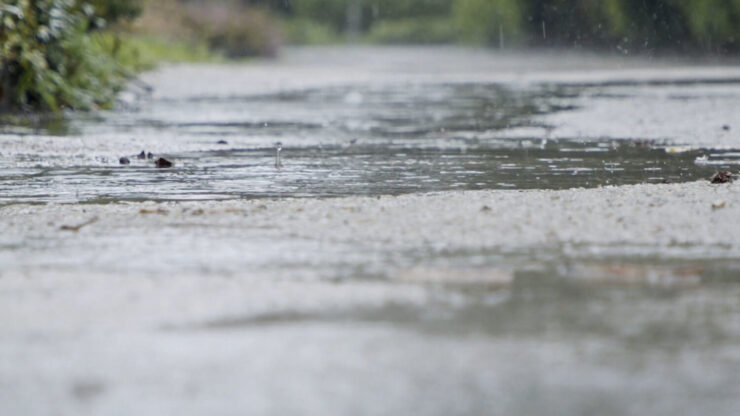
Climate change is expected to heighten the unpredictability and intensity of rainfall, particularly near the equator where many developing countries are situated. These regions are also facing challenges such as groundwater depletion, exacerbated by over-extraction, land use changes, and growing populations.
Harvesting and storing rainwater can be an effective solution, providing a dependable water source during dry seasons and droughts. This practice not only helps mitigate land erosion and reduces flood risks to major rivers but also supports the replenishment of declining groundwater levels.
Inadequate water supplies during droughts and dry periods can stifle economic growth and adversely affect human health and well-being. A reliable reserve of rainwater can reduce the need for long trips to distant water sources, boost agricultural productivity, and lessen the strain on groundwater resources.
Increasing the availability of water for irrigation during dry periods has proven to significantly enhance agricultural output.
Financial Requirements
When planning large-scale rainwater collection programs, it’s essential to first assess the current reservoir capacities and their locations. Utilizing satellite-based methods to monitor surface water, such as radar which is effective even in cloudy conditions, can streamline and reduce the costs of these surveys.
Gathering specific data on the costs associated with constructing and implementing rainwater collection systems can be challenging. The expenses vary greatly depending on numerous factors such as the project’s scale and geographic location.
For instance, the costs associated with foreign-funded projects to rehabilitate and develop small reservoirs, referred to as “village tanks” in Tamil Nadu, India, have been documented. These tanks, typically larger than 40 hectares, had an average project cost of approximately $50,000 each.
Institutional and Organisational Requirements

Rainwater collection projects can have adverse hydrological impacts on communities downstream if too much water is stored or diverted. Local governments must have the technical ability to assess these impacts if they are to prevent major externalities and resolve conflicts.
Knowledge of geographic information systems (GIS) and remote sensing/satellite imagery software and other tools are necessary to determine small reservoir storage capacity.
Policies, legislation and institutional capacity are needed to address conflicts and externalities that can result from to rainwater collection. Conflicts between small-scale farmers competing for limited runoff have been reported in Kenya.
As storage infrastructure grows larger it has the potential to reduce flows and negatively impact communities downstream. One state government irrigation department in India destroyed a communal reservoir for fear of negative hydrological consequences for communities downstream.
Small reservoir projects are likely to fail if communities do not identify the need for rainwater storage and have a choice in the technology. Management strategies of communally owned storage and irrigation infrastructure are likely to be subject to the same determinants that govern the success of small drinking water systems.
Opportunities for Implementation
Increased agricultural productivity, the possibility of a consistent year-round water supply, and reduced time spent on water collection offer compelling reasons for landowners and communities to consider rainwater harvesting.
Opportunities for enhancing ground-level rainwater collection are particularly promising in areas with highly variable or seasonal rainfall, where agricultural output is adversely affected by dry spells, and where alternative water sources are far away.
In regions where water scarcity is an issue but environmental, social, or legal constraints limit the construction of large reservoirs, the development of small reservoir capacities may provide a viable solution.


